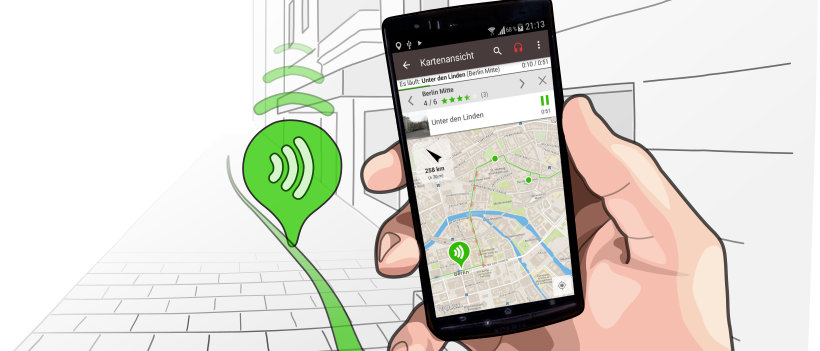Originally equipped with 3 archways, the north gate, also called the “Pfaffenpforte”, was part of an 11 m long tunnel system in Roman times, through which wagons and pedestrians came to and from “Colonia”. The entire system is said to have been 30 m wide. The middle gate was about 6 m wide, the two side gates about 2 m.
The north gate also symbolizes the city’s earlier victories over the archbishops:
The legend tells of the victorious battle of the former mayor of Cologne, Grin, with the lion of Archbishop Engelbert II of Falkenburg in 1262. King Rudolph I then had the archbishop’s canons, who locked Grin in a chamber with the hungry lion, hanged at the north gate. The lion’s head on the top of the gate is a reminder of the mayor’s heroic struggle and the expulsion of the high clergy from the city by the citizens of Cologne in 1268 and 1288.
The lion’s head was also a symbol of the resistance of the bourgeoisie against the influence of the Archbishops of Cologne until the 16th century.
Since then, the north gate has had a different name, “Pfaffenpforte”.
It still served as a passageway until 1658, after which it became part of the completed cathedral deanery.
Today, all you see at the former location is the pedestrian gate of the Pfaffenpforte. This was built into the cathedral deanery at the time and was rediscovered when it was completely demolished after 1892.
As it had to make way for a tram at this point, the gate was initially located at the Wallraff-Richartz Museum, but then returned to the cathedral square long after the last world war.
We continue to Cologne Cathedral, actually you can’t miss it, right in front of you stands THE landmark of Cologne.



